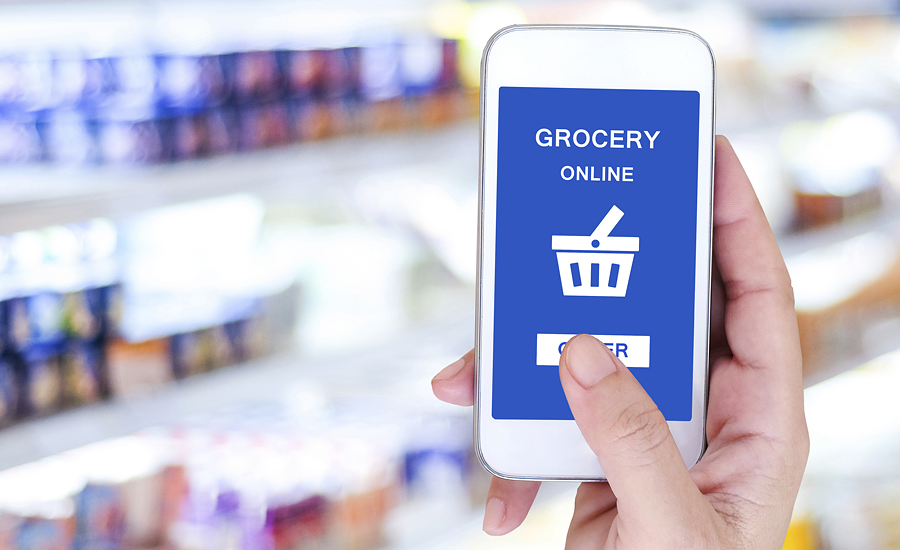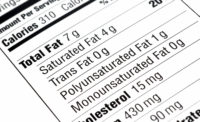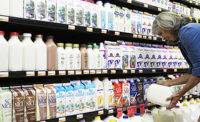Label Insight, Chicago, revealed the Top 3 trends for 2019 based on the consumer mandate for transparency.
Shoppers are demanding greater transparency and a closer connection to their food, according to a report compiled by Label Insight and the Food Marketing Institute (FMI), Arlington, Va. In fact, 75% of consumers are more likely to switch to a brand that provides more in-depth product information, beyond what's provided on the physical label. That sentiment is driving significant changes through the food retailing industry.
Here are the Top 3 trends for 2019:
Grocery retailers will take the reins of health and wellness
An increasing amount of grocery retailers are creating transparency-driven in-store and online experiences focused on delivering better health and wellness information to the consumer. Label Insight is tracking more than 30 retail health and wellness programs, and expects that number to continue to grow. In 2019, retailers will move beyond health and wellness as brand positioning by leveraging new approaches to data and omni-channel integration. This data will be used to power shelf-edge, in-aisle marketing, promotions and online tools that help consumers make personalized choices at the individual product level. Shelf-edge and in-store icon programs from leaders are the leading edge indicators of what will become the new default setting for grocery shopping experiences.
Category management will be reimagined to include product attribution
Shoppers in today's marketplace demand convenience, personalization and transparency, and are more knowledgeable than ever before about their purchases. Many shoppers want to know exactly what a food item is made from, where an item is sourced from and the business practices and ethical positions of the manufacturer before deciding to purchase. One of the keys to delivering on these shopper needs is correct product attribution. In 2019, the industry will see product attribution evolve beyond existing category taxonomy approaches to include consumer-driven transparency attributes in the management process. Brands that provide high-order attribution will build trust with shoppers and experience market share and revenue increases, even in categories with flat or declining sales.
Better user experience will drive grocery e-commerce growth
A report from eMarketer, New York, claims that in 2019, more than one in five adults will use a grocery app to order food at least once a month. It also notes that while online grocery sales represent less than 3% of all U.S. e-commerce sales, it is one of the fastest-growing categories. Grocery has been considered the golden goose because of the return visit nature of grocery shopping and the potential to develop loyalty through those visits. And, although there are many unique logistical challenges to grocery e-commerce, the biggest challenge seems to be developing a user experience that truly reflects and solves the complex needs of today's customers—the ability to easily find products according to one's specific needs. In 2019, expect to see more search and filtering capabilities based on key attributes. These data-driven capabilities will need to be accurate, comprehensive and consistent.
"Time and time again, consumers have made themselves clear that they want to better understand what's in the products they use and consume, and they are willing to vote with their wallets," says Patrick Moorhead, chief marketing officer. "The need for transparency is driving dramatic shifts in the food retail industry that impact how business as usual is done for both brands and retailers. In response, we've spent the last decade developing proprietary technology with the aim of helping the industry meet these particular challenges and to master the next wave of innovation. 2019 will be a dynamic year of change and growth."


